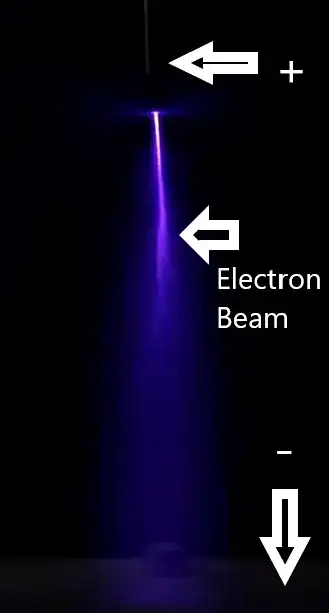In an electron beam, is the light region under pressure below atmospheric pressure?
Motivation of my question: In the cathode ray tube, the cathode ray (electron beam) becomes luminous and visible because there is low pressure inside the tube. If the internal pressure drops too low, the light beam disappears. If you try to simulate the same electron beam at atmospheric pressure, using the same voltage, you cannot obtain the light beam. So, by analogy, I assume that the visible electron beam is only possible under a specific air pressure condition. Is my reasoning correct?
If it is true that the electron beam becomes luminous under specific conditions of air pressure, what causes air to reduce the pressure in the electron beam? Is it the ionization of air?
Sorry if my question seems too basic. Or if it is elaborated in the wrong way. I just wanted to know if an electron beam affects atmospheric pressure through ionization.

Any substance (including air) will be ionised if you hit it with a strong enough field/energy.
What you're seeing in this video is https://en.wikipedia.org/wiki/Electrical_breakdown - which means there's a voltage of > 3kV/cm gap.
In the low pressure tube, what you're seeing is 'avalanche ionisation': https://en.wikipedia.org/wiki/Electron_avalanche
– chrism2671 Nov 23 '20 at 15:38